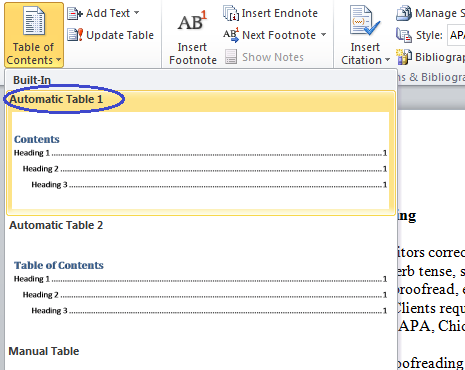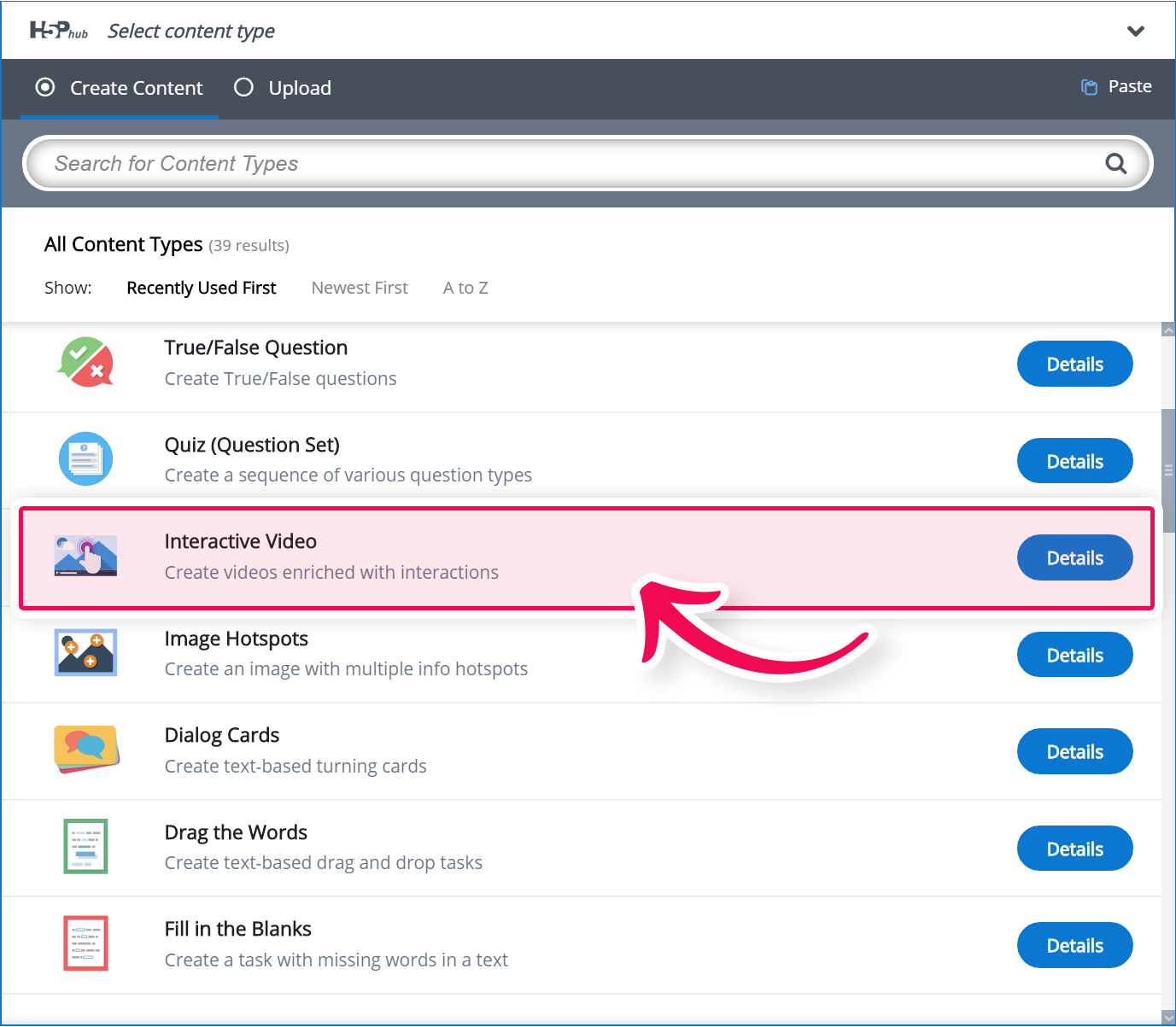
- #How to create table of contents in word 2013 video update
- #How to create table of contents in word 2013 video manual
Then, on the HOME tab, open the Styles gallery.īy default, any text that you apply these styles to will show up as an entry in the table of contents. Let’s say we want the table of contents to point to this summary.įirst type a heading.
#How to create table of contents in word 2013 video update
Then, insert an automatic table of contents, and update it automatically whenever you make a change. Here is how that works.įirst, go through the document and add a heading with a heading style wherever you want a table of contents entry.
#How to create table of contents in word 2013 video manual
In this video, we are going to skip the manual method and focus on a much better way – Automatic Tables of Contents. You can add a table of contents to a document by typing all the chapters and page numbers manually.īut not only is this a lot of work, you have to remember to update the table every time you make a change. Word will remember these customizations each time you update the table of contents ( REFERENCES > Update Table).

Repeat steps 3 and 4 for all the levels that you want to display in your table of contents. In the Modify Style dialog box, make the formatting changes that you want, and then click OK. In the Styles list, click the level that you want to change and then click Modify. If the Modify button is grayed out, change Formats to From template. In the Table of Contents dialog box, click Modify. To change the formatting of the text in the table of contents, change the style for each level in the table of contents.Ĭlick REFERENCES > Table of Contents > Custom Table of Contents. You can choose to Update page numbers only, or Update entire table if you want to update the page numbers and the text. To update a table of contents that was created automatically from heading styles, click REFERENCES > Update Table. Click the one that you want.Ĭlick where you want to insert the table of contents – usually near the beginning of a document.Ĭlick REFERENCES > Table of Contents and then choose an Automatic Table from the gallery of styles. Notice as you pause over each style, your text will change so you can see how it will look in your document.

Select the text, click HOME, and move the pointer over different headings in the Styles gallery. Then, insert an automatic table of contents, and update it automatically whenever you make a change.įirst, apply heading styles – Heading 1 and Heading 2, for example – to the text that you want to include in the table of contents.

First, go through you document and add a heading with a heading style wherever you want a table of contents entry. This video talks about automatic tables of contents.


 0 kommentar(er)
0 kommentar(er)
